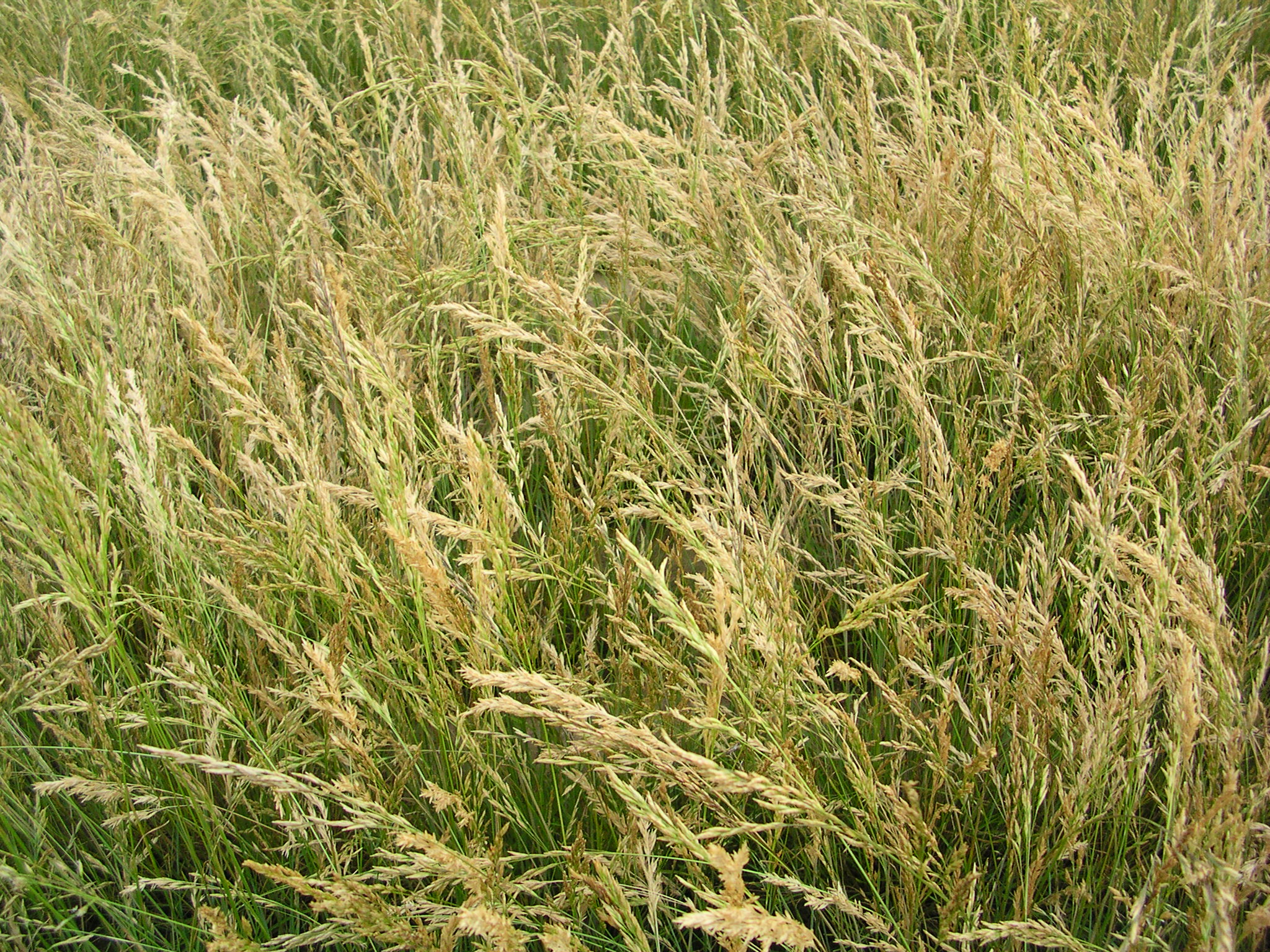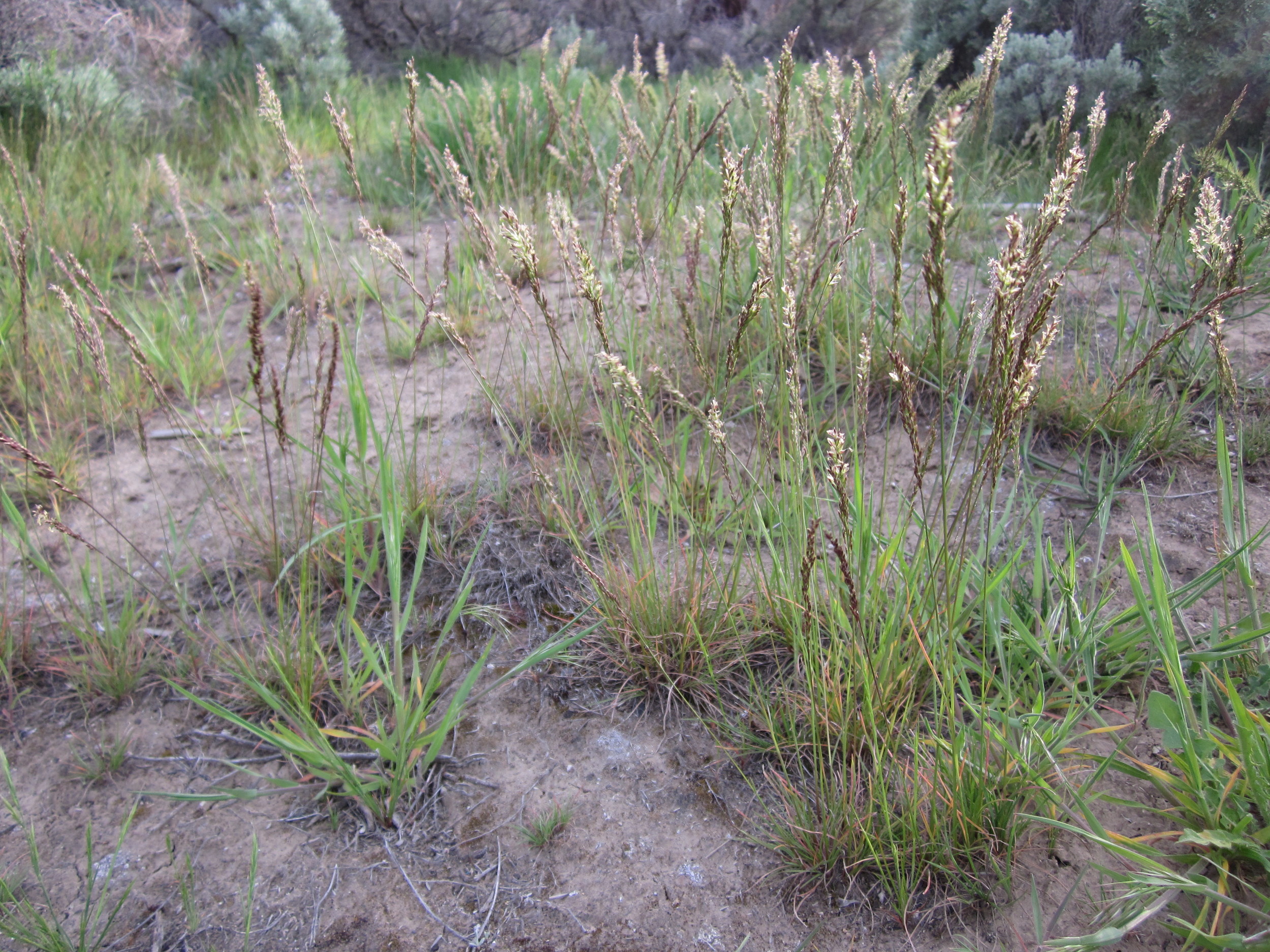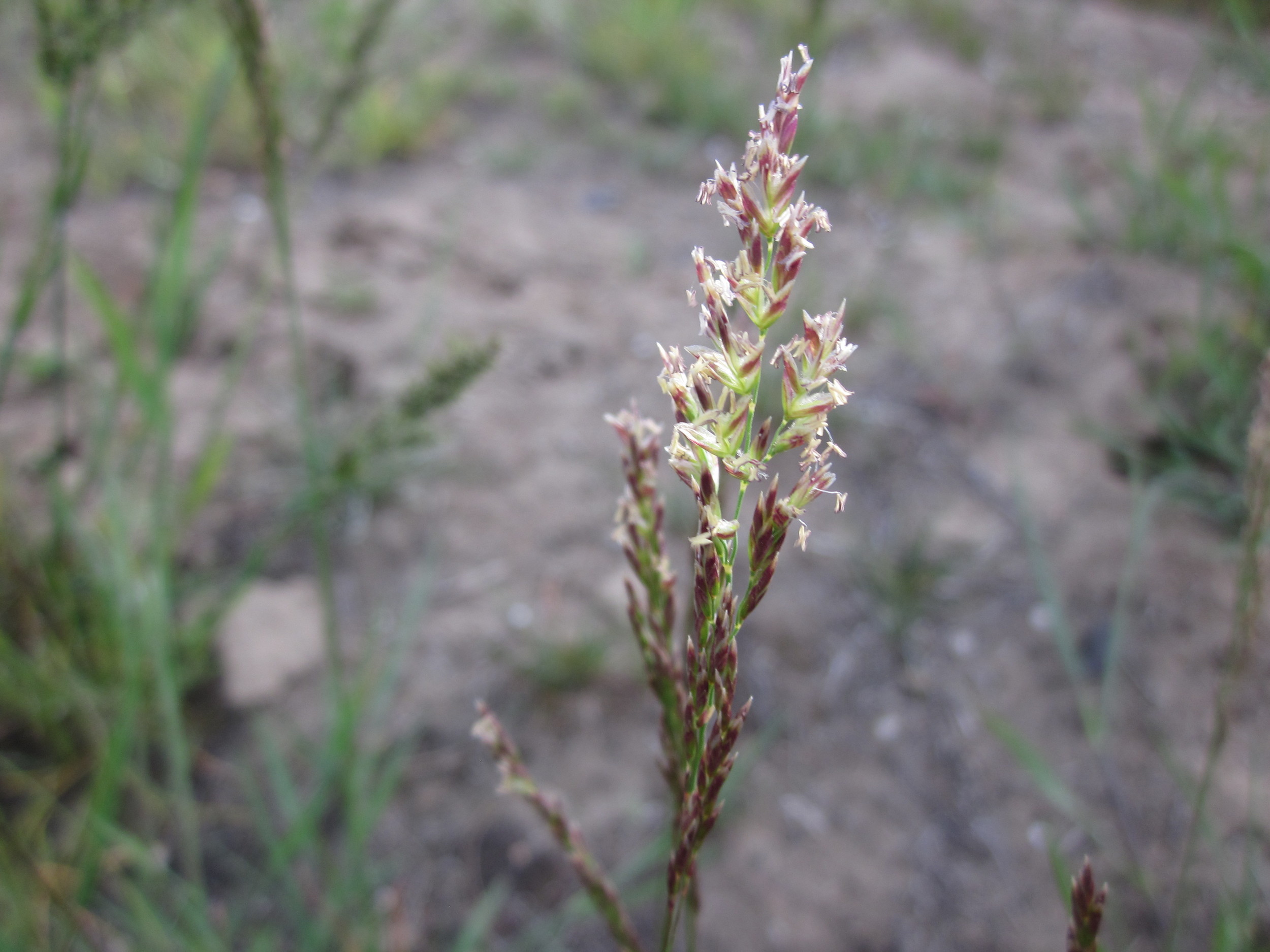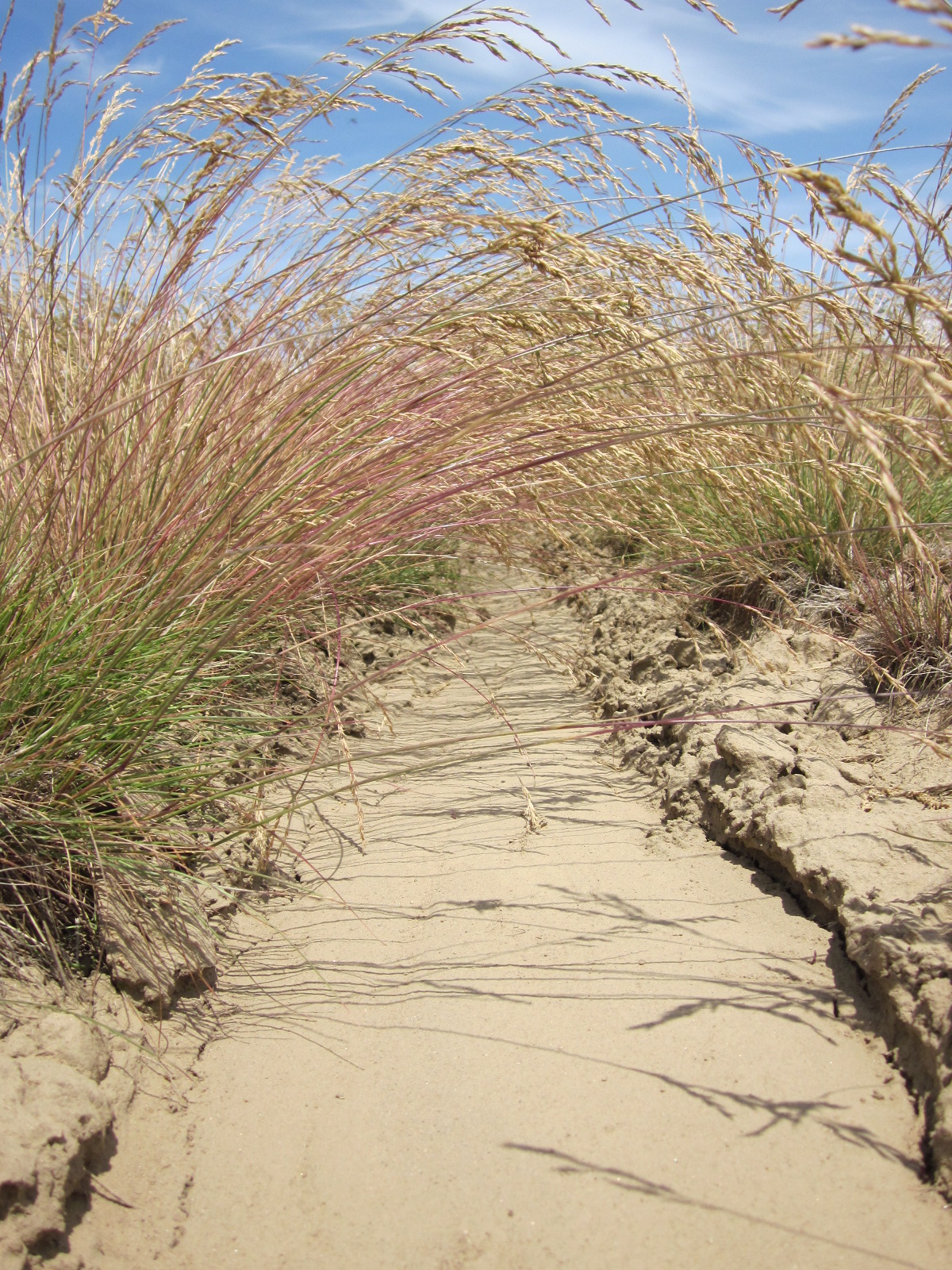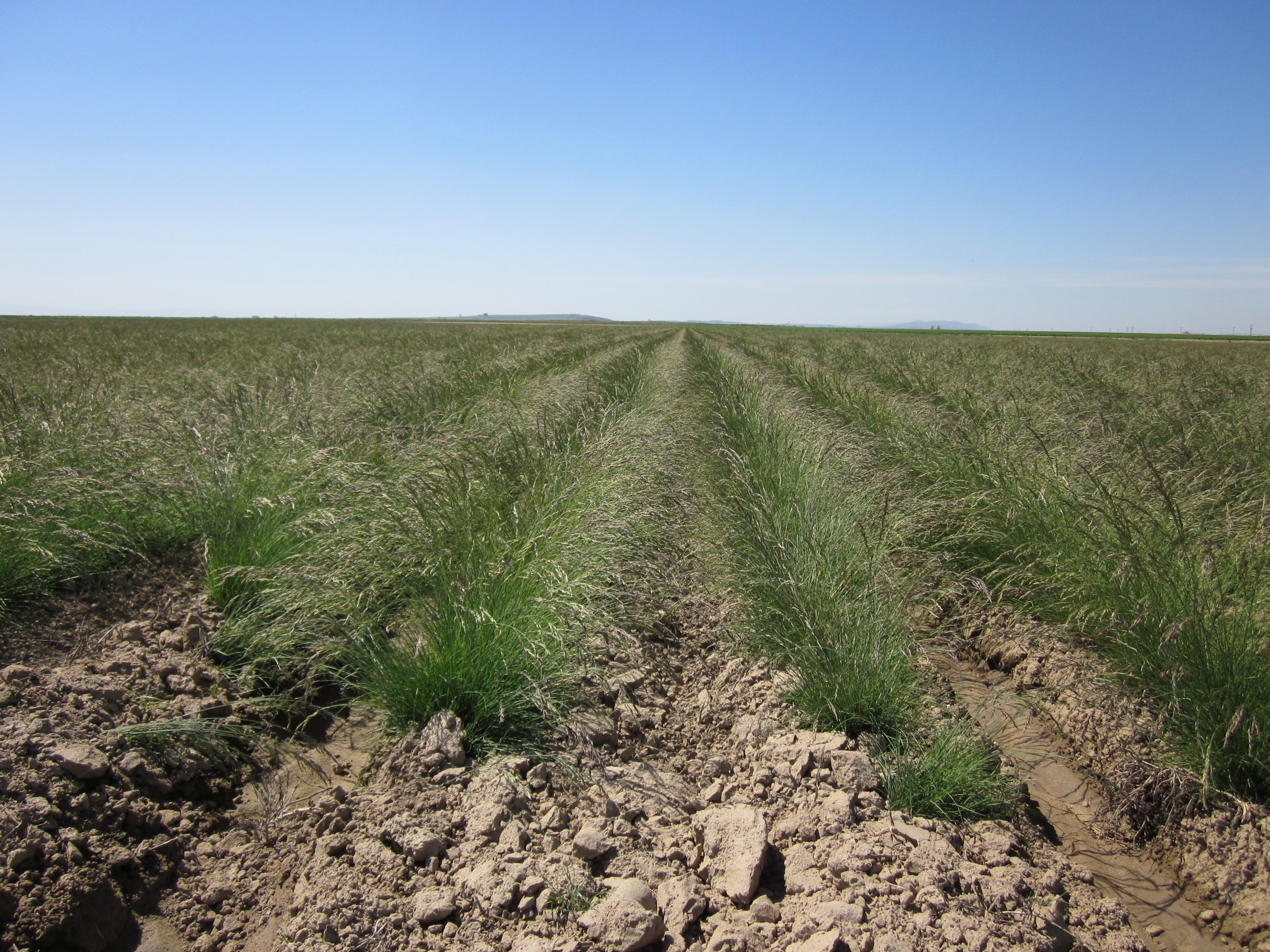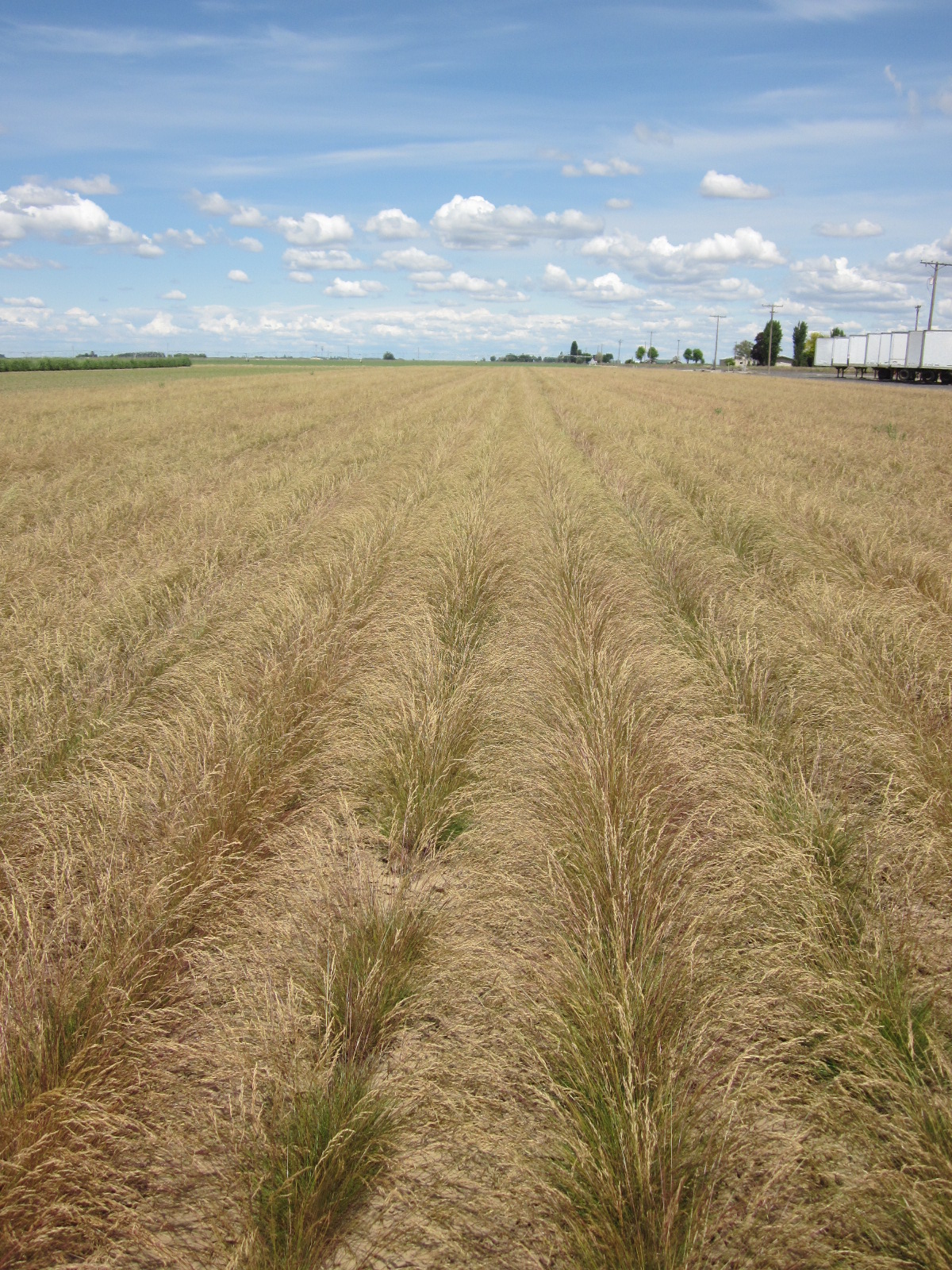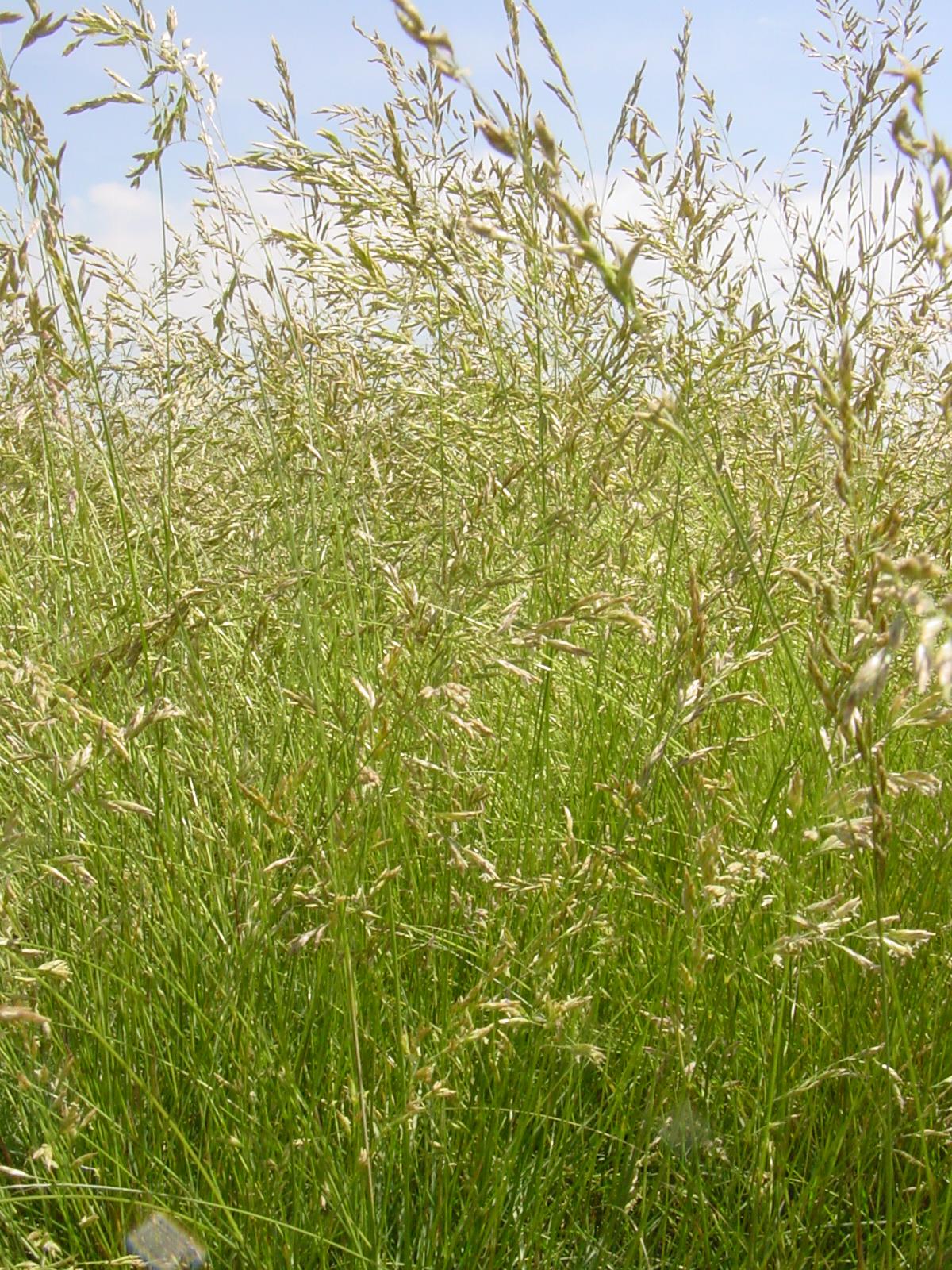Poa secunda ssp. sandbergii (Sandberg bluegrass)
Formerly P. sandbergii. Short, cool season, drought tolerant perennial bunchgrass similar to Canby’s bluegrass (P. secunda ssp. canbyi) but more drought tolerant. The most common native bluegrass in the arid Western U.S. Occurs in dry sagebrush and mountain shrub communities, and occasionally on alpine sites. Early spring green-up. Important early spring forage species for animals. Varieties listed below.
DISTRIBUTION / ADAPTATION
INFORMATION & ATTRIBUTES
Family: Poaceae
Duration: Perennial
Growth Habit: Graminoid
Native Status: Native
Season: Cool
Growth Form: Bunchgrass
Mature Height: 14 in.
Annual Precipitation: 8-16 in.
Drought Tolerance: High
Shade Tolerance: Intermediate
Elevation:
Wetland Indicator Status: FACU
Fire Resistance: No
Fire Tolerance: Medium
SOIL ADAPTATION
Coarse Texture: Yes
Medium Texture: Yes
Fine Texture: No
Salinity Tolerance: Low
CaCO3 Tolerance: Medium
pH Range: 6.0-8.0
SEEDING NOTES
Seeds per Pound: 1,046,900
Seeding Rate: 4-6 PLS lbs/acre
Season: Spring/Fall
Days to Germination:
VARIETIES & LOCAL ACCESSIONS
Hanford - Source Identified selection from Benton County, WA averaging 6-7 in. annual precipitation.
High Plains - From locations across the high plains of Wyoming. Good establishment, vigor and uniform seed maturation dates. Wide genetic base broadens its adaptation into neighboring states and the Pacific Northwest. (Released 2000)
Mountain Home - Drought tolerant, competitive and easy establishing. Useful for fire rehabilitation and habitat enhancement. Used in restoration of sagebrush-wheatgrass communities, especially in the Snake River Plain and the Northern Basin and Range. (Released 2011)
Reliable - High genetic diversity, drought tolerance and excellent persistence, especially on frequently disturbed sites such as military training sites and areas prone to wildfire. (Released 2004, U.S. Army Yakima Training Center)
Vale - Source Identified selection from Malheur County, OR averaging 8-11 in. annual precipitation.

